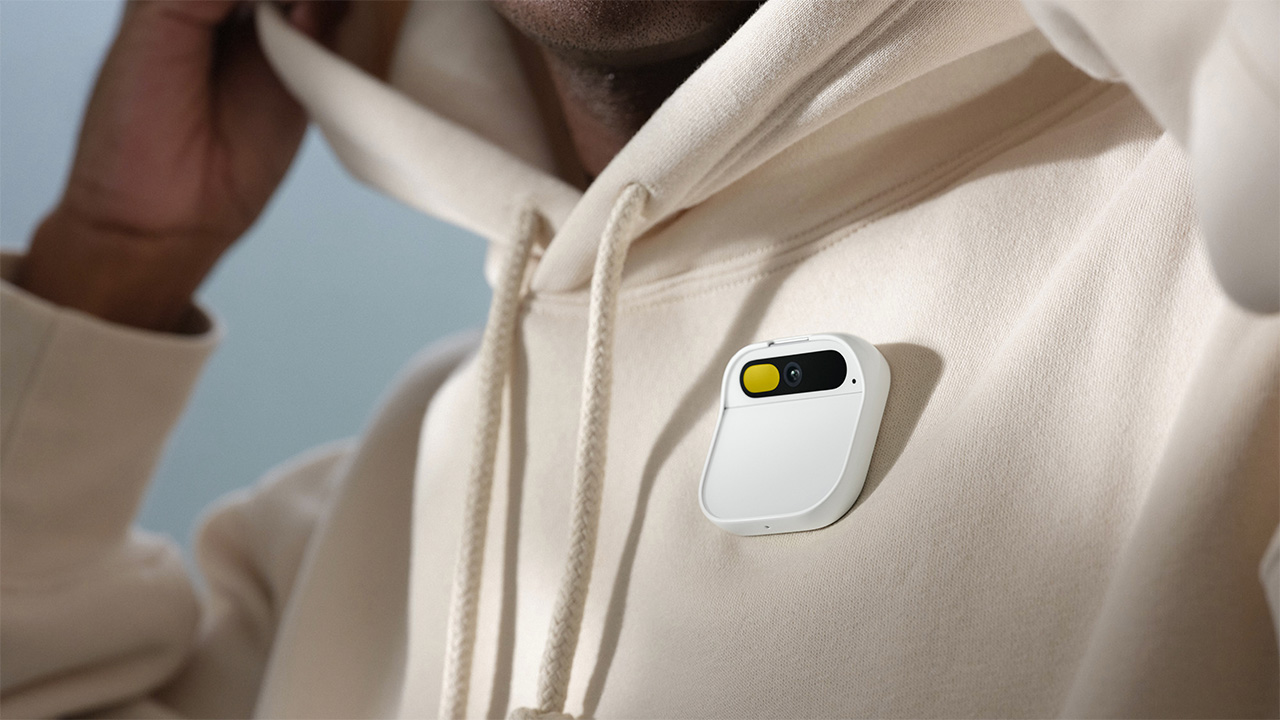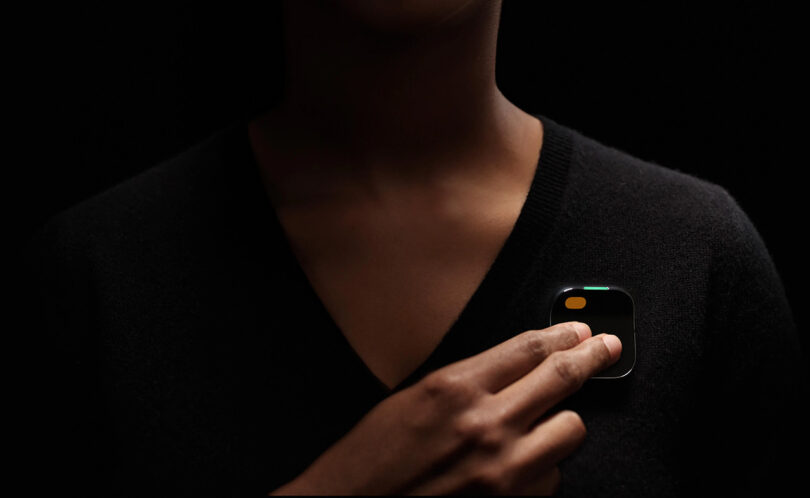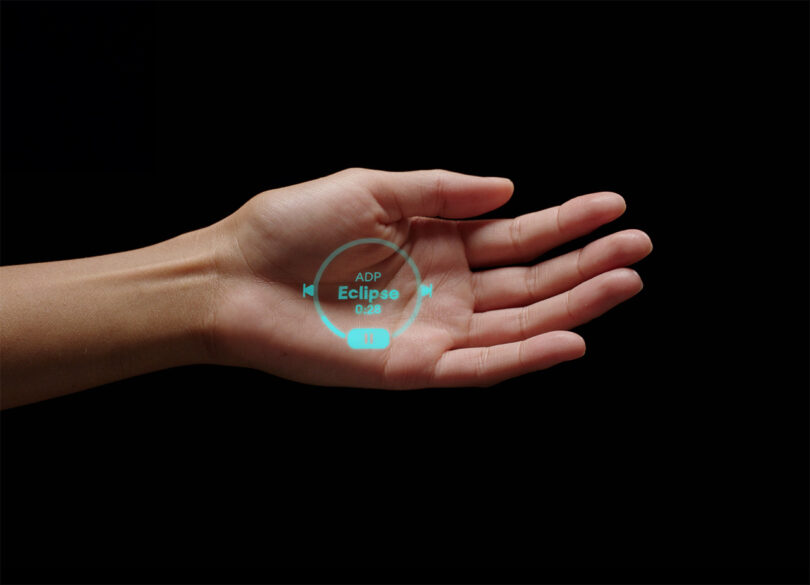 VIEW SLIDESHOW
VIEW SLIDESHOW
It may seem inconceivable for some, but the days of carrying around a smartphone everywhere might be inching toward its dusk. Increasingly, wearables are being positioned to offload our focus and interactions from a physical screen to augmented reality devices projecting images directly in front of our eyes, or in the case of the Humane AI Pin, right onto our hands.

Worn like a brooch and reminiscent of something between a Starfleet badge merged with the Apple iPod nano, the square wearable is basically the core of a smartphone extracted from its screen-based trappings and further enhanced by OpenAI’s ChatGPT to function as a screen-less smart assistant. Inside an Octa-core Qualcomm® Snapdragon processor with 4GB of memory and 32GB of storage powers a customized Android-based operating system. The top quarter of the device is slightly angled, allowing the camera to capture images more accurately in line with its wearer, imparting the appearance of very small angled calculator sans numerical buttons.
Three colors options are available: Equinox, Lunar, and Eclipse
Guided by voice recognition, and sensing the world around it with optical sensors and microphone, Humane compels a more heads up perception of the world allowing users to capture what they see and hear without craning our necks toward a screen. The built-in f/2.4 aperture camera captures 13MP (4208×3120 px) photos, with video slated to be an additional option.
Users can also physically interact with the AI Pin by holding down the touchpad front, with additional gestures such as touch, tap, and swipe available to navigate the pin while answering calls or responding to texts; a two fingers press compels the device to go into Interpreter mode. The pin is even capable of inflecting certain tone with emotions of excitement or nervousness as it transcribes voice into text messaging, such is the potential permitted by AI-enhanced software.

And now for the most novel feature: AI Pin’s Laser Ink Display. Designed to track a user’s palm, the laser ink display uses the hand as a canvas for text, graphics,
and UI elements at 720p resolution – a true palm pilot.
Humane AI Pin’s gesture navigation recognizes the tilt and roll of a wrist, alongside the closing of the fingers to offer precise and responsive interactions sans a screen.
Simple gestures again come into play while navigating menus or options projected onto the palm; for example, closing the fingers as shown above makes a selection.

Humane was founded by two former Apple engineers, Imran Chaudhri and co-founder Bethany Bongiorno, and in many ways their device seems reminiscent of the work each did across iterations of the iPad, Apple Watch, and iPhone hardware alongside the software enabling their features.
Concerns about privacy are addressed by the Pin’s “trust light” that turns on whenever the microphone or camera is activated.
It’s too soon to predict when a wearable screen-less smartphone becomes a normal accessory worn by many (joining smart eyeglasses/sunglasses), but the Humane AI Pin projects the possibilities of a near future when we abandon icon and GUI navigation for an interactive relationship between the physical world with AI-enhanced technologies – a sort of compromise that liberates our eyes from a smartphone screen and back toward the very things and people around us.
Humane will also offer an assortment of colorful plastic “shields” to protect and personalize their Pin.




